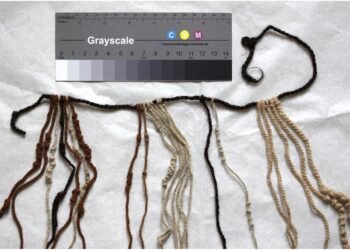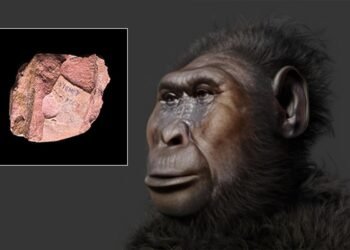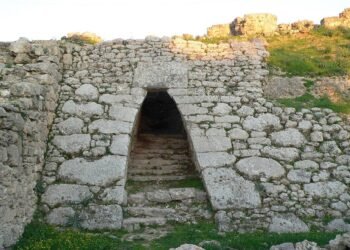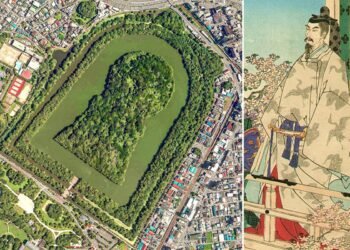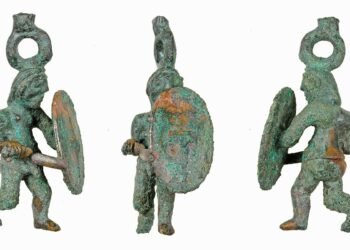Archaeologists from the National Institute of Anthropology and History (INAH) have recently unearthed a mortuary deposit within a cave in the Maya city of Tulum.

Tulum, a walled city serving as a key port for Coba in Quintana Roo, Mexico, stands as one of the final bastions of Maya culture before the Spanish conquest.
The discovery, situated between buildings 21 (Temple of the Columns) and 25 (Temple of Halach Uinic), was made during improvement works in the archaeological area by the INAH team.
The entrance to the hidden cave was sealed by a massive boulder, and upon its removal, researchers were confronted with a unique sight – skeletal remains split in two by the rock, with the lower part outside and the upper part inside the cave.
The cave, consisting of two small chambers, each measuring approximately 3 meters by 2 meters, and 50 centimeters in height, has proven to be a treasure trove of archaeological finds.
A total of eight well-preserved burials, primarily of adults, were documented within these chambers. The favorable environmental conditions within the cave facilitated the remarkable preservation of both human and animal remains.
Among the diverse fauna associated with the burials were domestic dogs, mice, opossums, turtles, deer, and various fish, including tiger sharks and barracuda.
The significance of the findings extends beyond human remains. Numerous ceramic fragments, typical of the same period were found alongside the burials, with three individuals specifically connected to a small Papacal Inciso-type molcajete.
José Antonio Reyes Solís, the coordinator of the archaeological research project, emphasized the challenges faced during the excavation, including the confined space, lack of lighting, high temperature, and humidity. However, innovative technologies such as laser scanners and high-resolution photography proved invaluable in overcoming these obstacles.
The team aims to clarify details about the local culture during the Late Postclassic period, leveraging the precise three-dimensional models generated from these advanced technologies.
The INAH laboratories in Quintana Roo are currently analyzing the skeletal remains, contributing to our understanding of the ancient Maya’s burial rituals and their intricate relationship with the surrounding environment.



